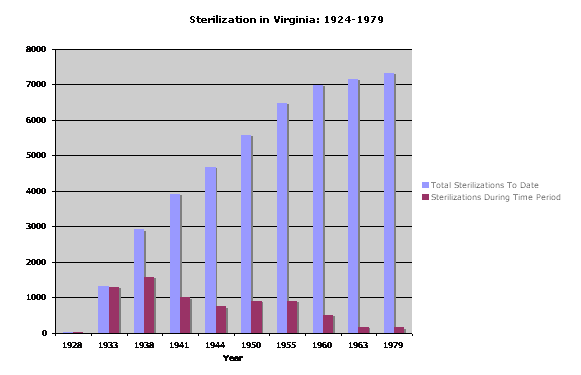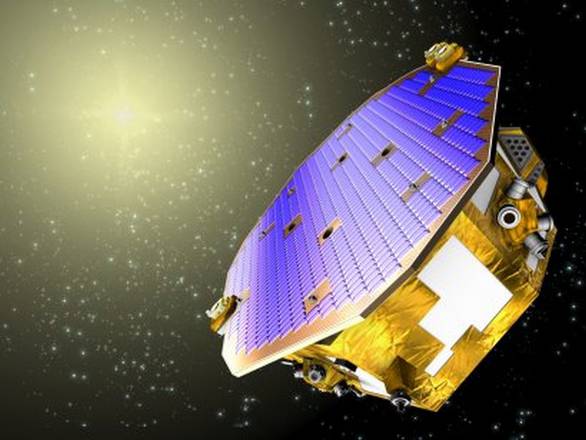Da non perdere, l’editoriale e l’inserto di Nature sulle generazioni future:
Technologists will tell you that the future is already here, it is just unevenly distributed. But there is one factor that defies such a simplistic vision: humans. One day, in the not too distant future, everybody alive today will be dead. The planet will be inherited by people who had zero input into how Earth — their only home — was farmed, fished, burned, polluted, shaped and exhausted. Perhaps some of them are reading this.
If so, the people of the future — those born in the late twenty-first century and beyond — may well scan this special issue of Nature with bewilderment or mocking nostalgia. In a series of articles, we tackle the ethics and opportunities of early-twenty-first-century science and technology and its impact on our future generations. Gene editing, nuclear waste, climate change, the march of computers and population growth — decisions and paths embarked on today will resonate well into the future.
Aggiungerei il disarmo, e alle scorie nucleari gli altri rifiuti che si accumulano nell’ambiente, dalla plastica negli oceani ai rottami in orbita.
Gli articoli sono scritti per non specialisti, e se fossi un’insegnante ne discuterei in classe. Non perché gli autori abbiano idee geniali o migliori, ma perché cercano di essere “evidence-based”:

– Slow down population growth, John Bogaarts vorrebbe che entro dieci anni tutte le donne avessero accesso ai contraccettivi (refrain da quando esiste la pillola);
– Current climate models are grossly misleading, l’economista Nicolas Stern trova i suoi colleghi dovrebbero darsi una mossa:
Current economic models tend to underestimate seriously both the potential impacts of dangerous climate change and the wider benefits of a transition to low-carbon growth. There is an urgent need for a new generation of models that give a more accurate picture.
– Game human nature, gli economisti sperimentali Helga Fehr-Duda and Ernst Fehr suggeriscono di far leva sulla nostra tendenza a cooperare e a punire i “portoghesi” che abusano del bene comune; mouais… rif. il successo di Trump e altri hate-mongers.
– Can today’s decisions really be future-proofed? Céline Kermisch cerca di ridefinire “generazioni” con gli esempi delle scorie nucleari e dei cambiamenti climatici, banalotto anche questo…
Aggiungerei l’articolo di Erika Check Hayden sulla “redazione” del genoma dei nostri figli con la tecnica CRISP-Cas9.

E perché la storia non si ripeta, raccomando la recensione del libro di Adam Cohen, Imbeciles: The Supreme Court, American Eugenics, and the Sterilization of Carrie Buck. Secondo me si parla molto della bomba atomica come momento in cui “la fisica conosce il peccato”, e molto meno sul peccato conosciuto ben prima e più a lungo – esempi recenti a richiesta – dalla biologia, la smania di definire come inferiori e quindi privi di dignità e di diritti altri esseri umani. Spiega la diffidenza degli “inferiori” potenziali nei confronti delle tecniche per “correggere i geni” delle generazioni future. Scrive Victoria Nourse:
Eugenics is a well-known low point in the modern history of science. In the United States, from the late nineteenth century to the 1940s – e oltre, ndr – credence was given to this pseudoscience focused on the notional ‘improvement’ of human populations by halting the reproduction of supposedly lesser genes. Less well known is the story of how US law rendered eugenics intellectually respectable across the world, supporting programmes from Canada to Sweden. Ultimately, this egregious failing led to the enforced sterilization of at least 60,000 US citizens, and was used by the Nazi regime to justify its own programme of sterilization and, later, extermination. (…)
Il caso di Carrie Buck illustra bene i pregiudizi usati per selezionare le vittime:
she had no disability. She was a poor, isolated victim of a social system that branded unmarried mothers as dangerous, and a punitive legal system.
Era il 1927. Non c’era alcuna “evidenza scientifica” né del pericolo né del miglioramento della razza, ovviamente, eppure
By 1928, a total of 375 US universities and colleges were teaching eugenics, and 70% of high-school biology textbooks endorsed the pseudoscience in some form. Eugenics was also endorsed by presidents including Theodore Roosevelt, funded by philanthropic organizations including the Carnegie Institution… Eugenics came to be seen as the solution to everything from hearing loss to criminality.
Il precedente legale resta valido, la Corte Suprema non ha ancora abrogato la sentenza che condannava Carrie Buck – e altre presunte “imbecilli” – alla sterilizzazione.
*
Fra i paper è in tema quello di Galen McKinley et al. “Timescales for the detection of trends in the ocean carbon sink“. E’ anche insolito perché il risultato del loro (multi) modello è negativo. La variabilità interna del clima – naturale e indotta dalle emissioni di gas serra – è tale da mascherare la tendenza del ciclo oceanico del carbonio, scrivono, quindi bisognerà aspettare tra il 2020 in certe regioni e il 2050-2089 in media, per stabilire se la capacità degli oceani di assorbire CO2 sta aumentando globalmente o solo localmente come sembra accadere nei mari più freddi. E poi – refrain! – mancano i dati:
Surface ocean carbon data from volunteer commercial and scientific ships are presently too sparse for direct estimation of multi-decadal carbon cycle trends in most regions. However, in the subtropics of the North Atlantic and Pacific, there are sufficient data to indicate a steady ocean carbon sink, and in the equatorial Atlantic to indicate an increasing sink for 1981–2009. … More data, from all sources, will be required to determine whether these signals are, in fact, illustrating the forced trend in ocean carbon uptake.
*

Una bella notizia poi vado a lavorare, l’esperimento LISA Pathfinder – una sonda spaziale con dentro due cubetti di oro e platino sospesi in un sistema di riferimento inerziale e sensori vari – fa da battistrada all’osservatorio spaziale europeo delle onde gravitazionali. Ha appena superato il primo collaudo:
data streamed back since 23 February, when the Pathfinder began tracking its released cubes with lasers, show that it not only fulfils but exceeds its requirements. For now, the team is keeping under wraps details on exactly how well the instruments are performing.
Proving the basic technology works is only the mission’s first step. Its main science goal, which the Pathfinder team will carry out over the coming months, is to understand where noise in the system is coming from. That knowledge will be essential in designing the space-based gravitational-wave observatory, which is scheduled for launch in 2034. “The main goal of the mission is not so much to measure how well we’re doing, but to understand how well we’re doing,” says McNamara.
Complimenti a Stefano Vitale e ai suoi colleghi.